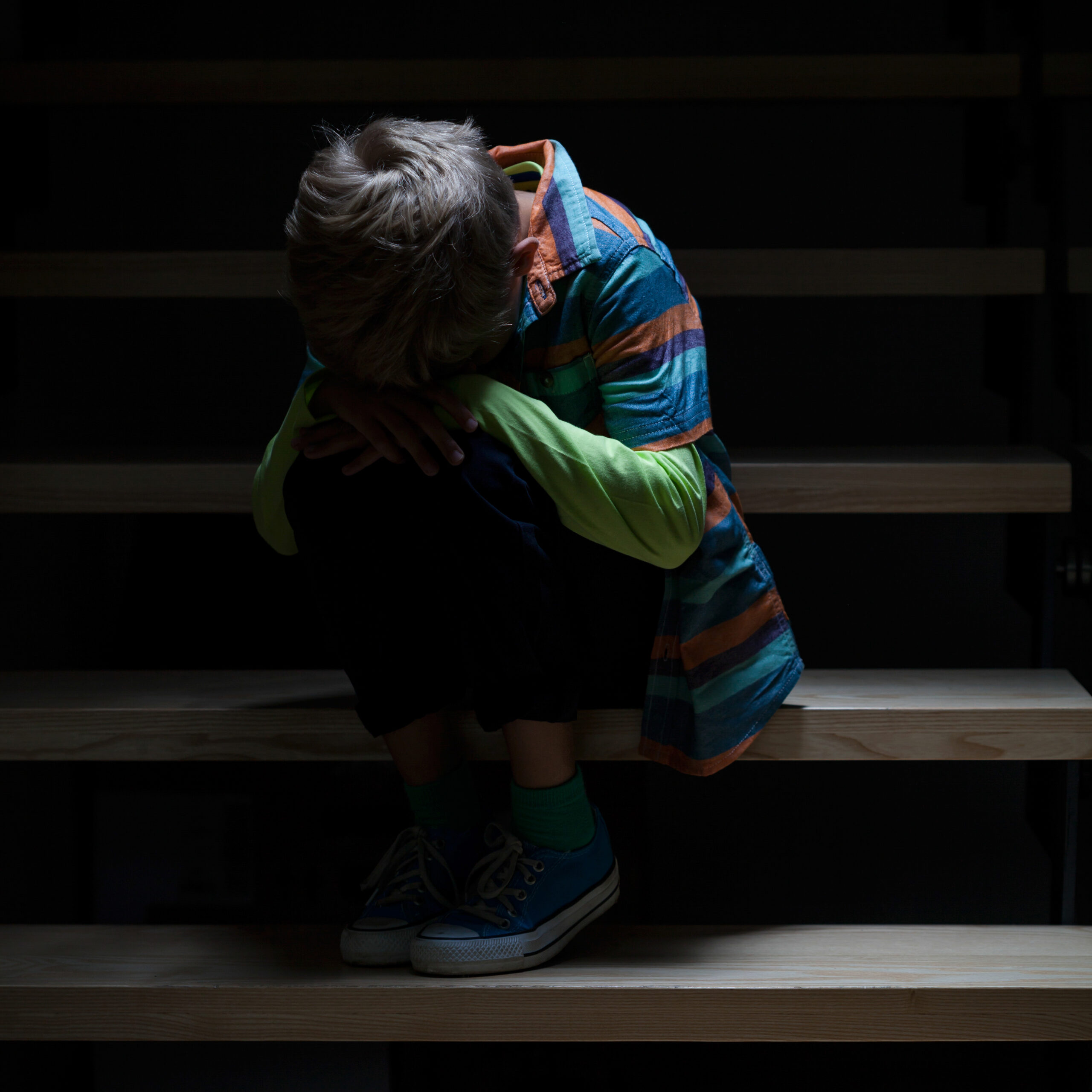Childhood trauma can have a profound and lasting impact on an individual’s life. The experiences we encounter in our formative years shape our emotional, psychological, and even physical development. Understanding childhood trauma and how to address it is crucial for fostering healing and resilience. In this blog post, we will explore what childhood trauma is, its effects, and effective strategies for addressing it.
What is Childhood Trauma?
Childhood trauma refers to distressing experiences that occur during childhood. These experiences can be acute (single events) or chronic (repeated exposure) and can include:
- Physical abuse
- Emotional abuse
- Sexual abuse
- Neglect
- Domestic violence
- Natural disasters
- Loss of a loved one
- Parental substance abuse or mental illness
These traumatic events can overwhelm a child’s ability to cope, leading to long-term effects on their mental and emotional well-being.
The Impact of Childhood Trauma
The effects of childhood trauma can manifest in various ways and persist into adulthood if not addressed. Some common impacts include:
1. Emotional and Psychological Effects
- Anxiety and Depression: Chronic feelings of sadness, hopelessness, and anxiety.
- Low Self-Esteem: Negative self-image and feelings of worthlessness.
- Post-Traumatic Stress Disorder (PTSD): Flashbacks, nightmares, and severe anxiety related to the traumatic event.
2. Behavioral Effects
- Aggression: Increased anger and aggression towards others.
- Substance Abuse: Higher risk of developing addictions as a coping mechanism.
- Self-Harm: Engaging in self-destructive behaviors.
3. Cognitive Effects
- Learning Difficulties: Trouble concentrating, poor academic performance.
- Memory Problems: Difficulty remembering details or whole events.
4. Physical Health Effects
- Chronic Illnesses: Higher risk of developing chronic conditions such as heart disease and diabetes.
- Sleep Disorders: Trouble falling or staying asleep, nightmares.
Addressing Childhood Trauma
Healing from childhood trauma is possible with the right approach and support. Here are some effective strategies:
1. Professional Therapy
Therapy is often essential for addressing childhood trauma. Different therapeutic approaches can be beneficial:
- Cognitive Behavioral Therapy (CBT): Helps individuals reframe negative thoughts and develop healthier coping mechanisms.
- Eye Movement Desensitization and Reprocessing (EMDR): A technique that helps reprocess traumatic memories.
- Trauma-Focused Cognitive Behavioral Therapy (TF-CBT): Specifically designed for children and adolescents to address the effects of trauma.
2. Building a Support System
Having a strong support system is crucial for healing. This includes:
- Trusted Adults: Parents, guardians, teachers, or mentors who provide a safe and supportive environment.
- Support Groups: Connecting with others who have similar experiences can provide validation and understanding.
3. Practicing Self-Care
Self-care is vital for managing the effects of trauma. Encourage practices such as:
- Regular Exercise: Physical activity can help reduce stress and improve mood.
- Healthy Eating: A balanced diet supports overall well-being.
- Mindfulness and Relaxation: Techniques such as meditation, deep breathing, and yoga can help manage anxiety.
4. Education and Awareness
Understanding trauma and its effects is crucial for both survivors and those supporting them. Education and awareness can help reduce stigma and promote healing.
- Trauma-Informed Care: Schools, healthcare providers, and community organizations adopting trauma-informed practices can create safer environments for children.
- Workshops and Resources: Providing access to resources and workshops can help individuals and families learn more about coping strategies and support options.
5. Creative Expression
Creative activities can provide an outlet for expressing and processing emotions:
- Art Therapy: Drawing, painting, or crafting can help children articulate their feelings.
- Writing: Journaling or writing stories can be a therapeutic way to process experiences.
- Music and Dance: Engaging in music or dance can provide emotional release and enjoyment.
Conclusion
Understanding and addressing childhood trauma is crucial for fostering healing and resilience. By recognizing the signs of trauma and implementing effective strategies, we can support survivors in their journey towards recovery. Professional therapy, building a support system, practicing self-care, and encouraging creative expression are all essential components of this process. Remember, healing is possible, and with the right support, individuals can overcome the impacts of childhood trauma and lead fulfilling lives.
